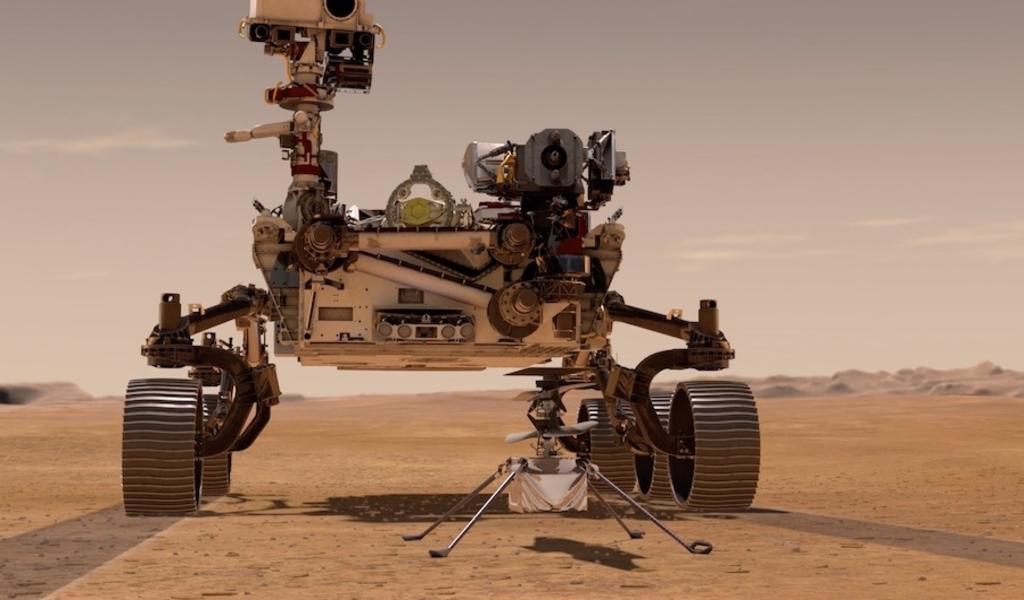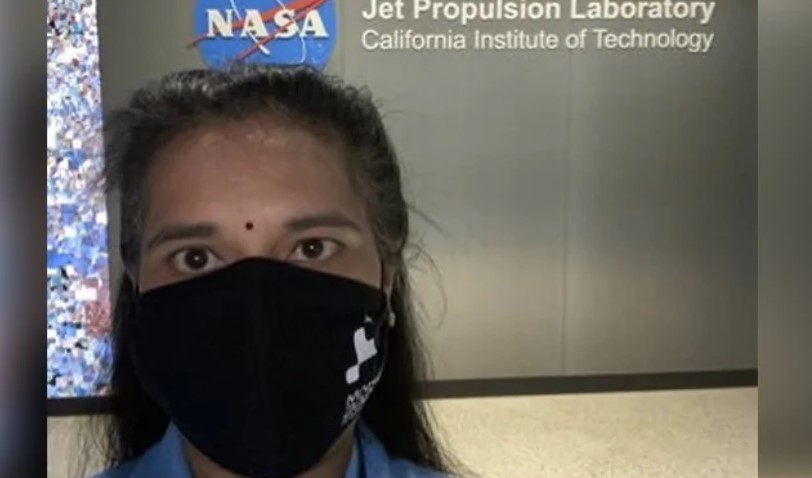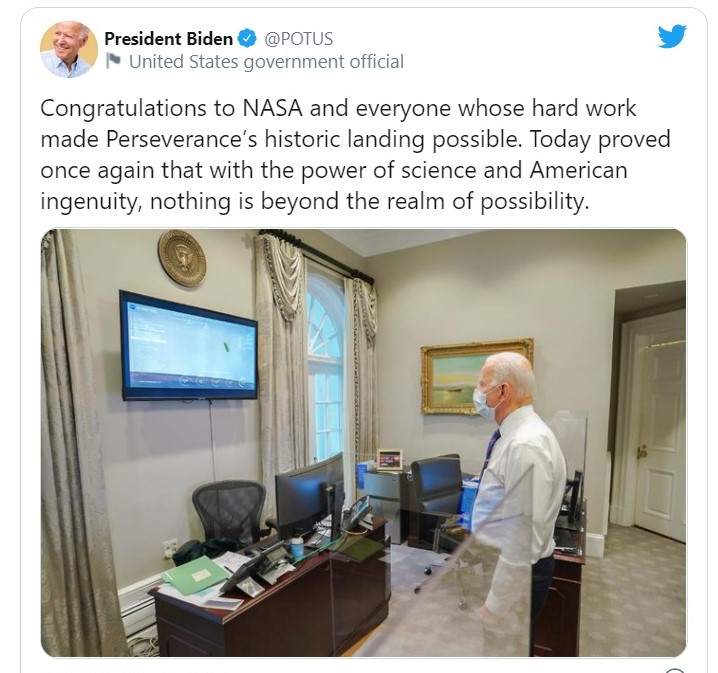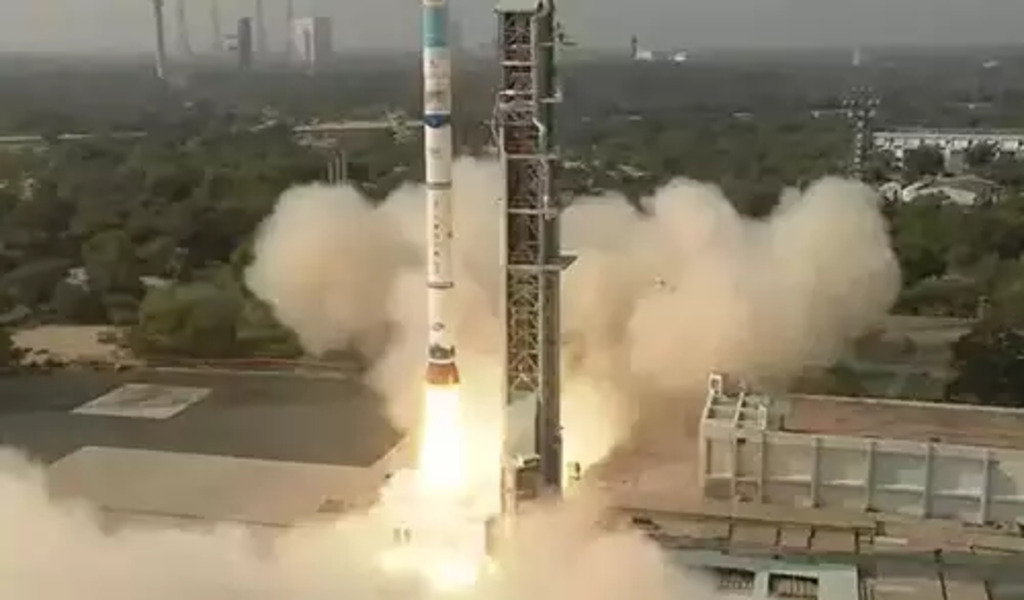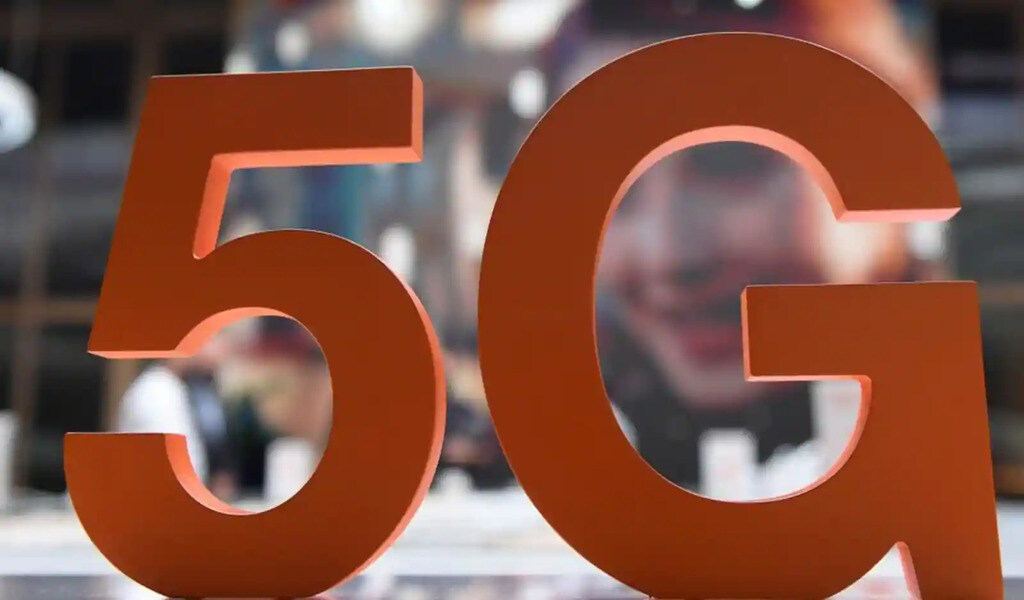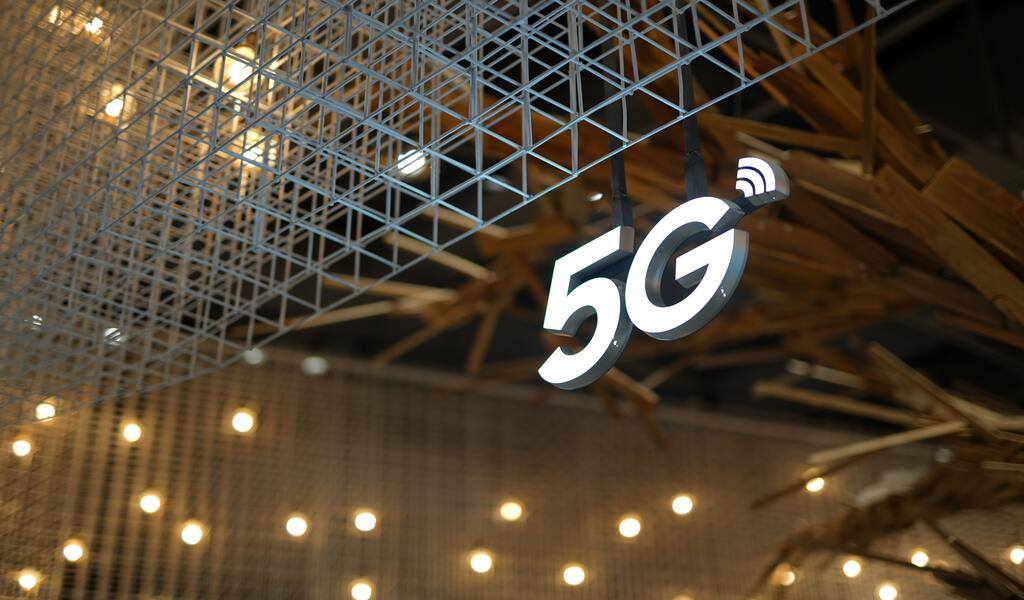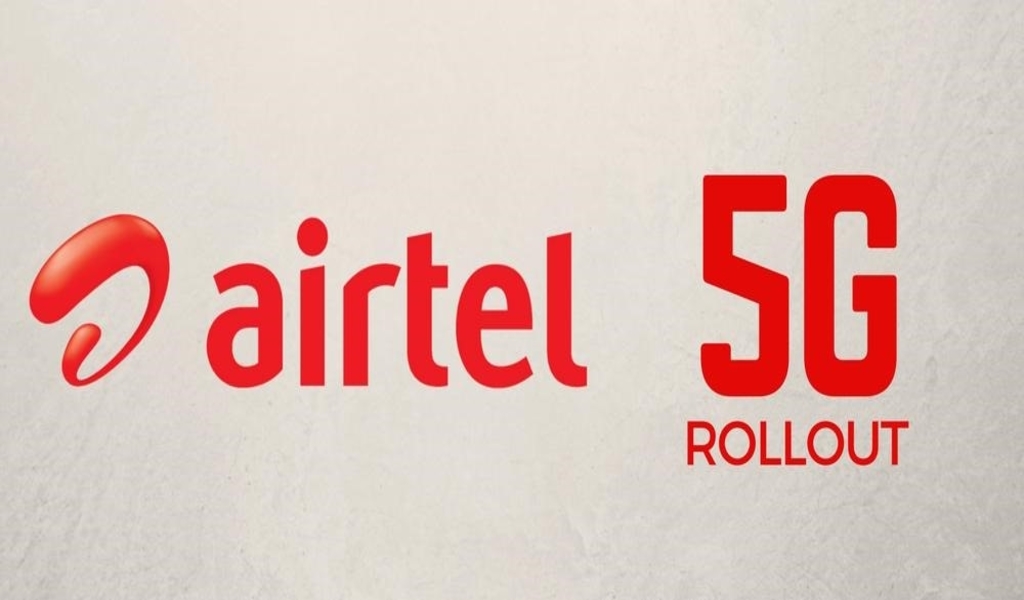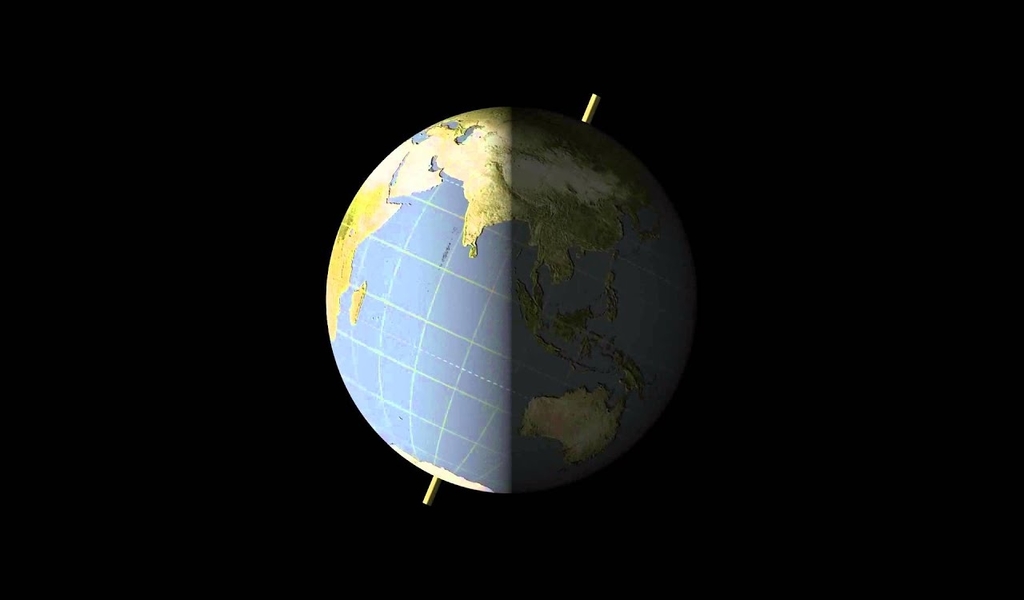NASA Perseverance Rover Touches Martian Surface
The National Aeronautics and Space Administration's (NASA) Perseverance rover has successfully touched down on the surface of Mars after surviving a blazing and critical seven minute plunge through the Martian atmosphere.
Among the scientists who are part of this historic mission, Indian American Dr Swati Mohan headed the development of the altitude control and the landing system for the perseverance rover.
When the world was watching the dramatic landing, in the control room, the ever calm and composed Dr Swati Mohan was communicating and coordinating between the GN&C subsystem and the rest of the perseverance team.
NASA scientist Dr Swati Mohan emigrated from India to America when she was just one year old. She spent most of her childhood in the Northern Virginia and Washington DC area. She holds a Bachelor of Science degree in Mechanical and Aerospace Engineering from Cornell University and completed her MS and PhD from MIT in Aeronautics/Astronautics.
The Indian-American Scientist has worked on NASA's flagship projects like Cassini and GRAIL.
The President of the United States congratulated the agency on the endeavour:
Shortly after landing, the rover sent back its first black and white images, revealing a rocky field at the landing site in the Jezero Crater, which lies north of the Red Planet's equator.
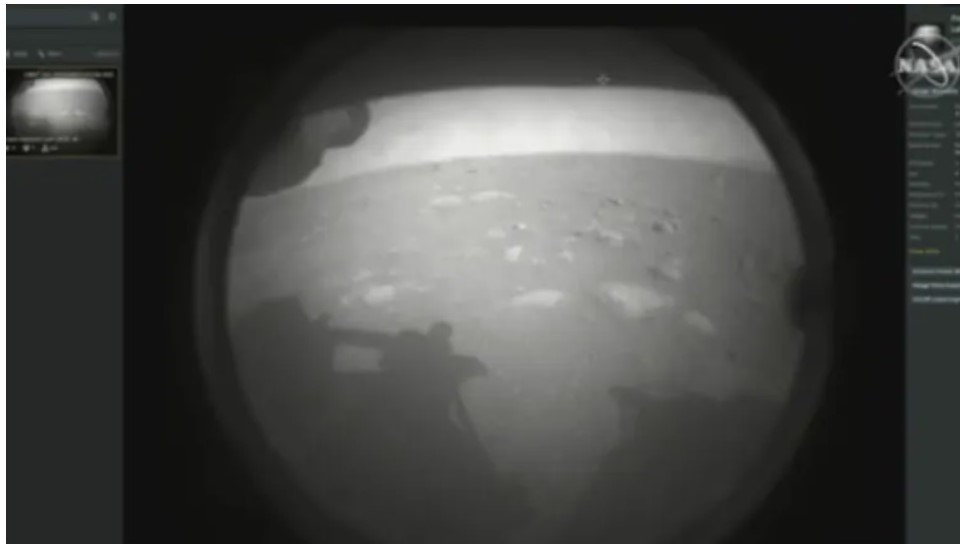
Nearly seven months after its take off to Mars, Nasa's Perseverance rover made a historic landing on the red planet, becoming the fifth Nasa rover ever to touch down on Mars after twin rovers Spirit and Opportunity & Curiosity.
Perseverance will now be spending the coming years finding for signs of ancient microbial life in a historic mission that will bring back samples from Mars to Earth and "prepare the way for future human visitors", as per the official NASA statement.
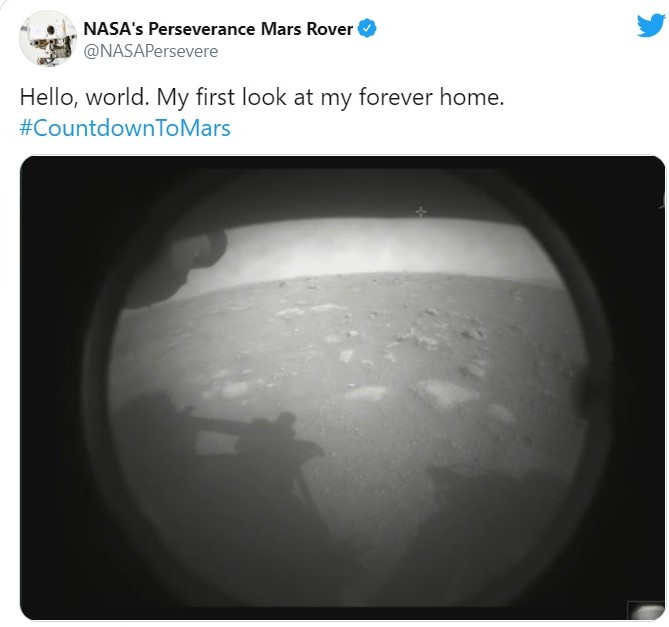
Perseverance's mission costs nearly $3 billion. The car size, plutonium powered vehicle arrived at Jezero Crater, hitting Nasa's smallest and trickiest target yet: a 5 by 4 mile strip on an ancient river delta.
The rover is equipped with 25 cameras and two microphones, many of them turned on during descent. It took a tension-filled 11 1/2 minutes for the signal to reach Earth.
Over the next upcoming two years, Percy, as it is nicknamed, will use its seven foot arm to drill down and collect rock samples with possible signs of microscopic life.
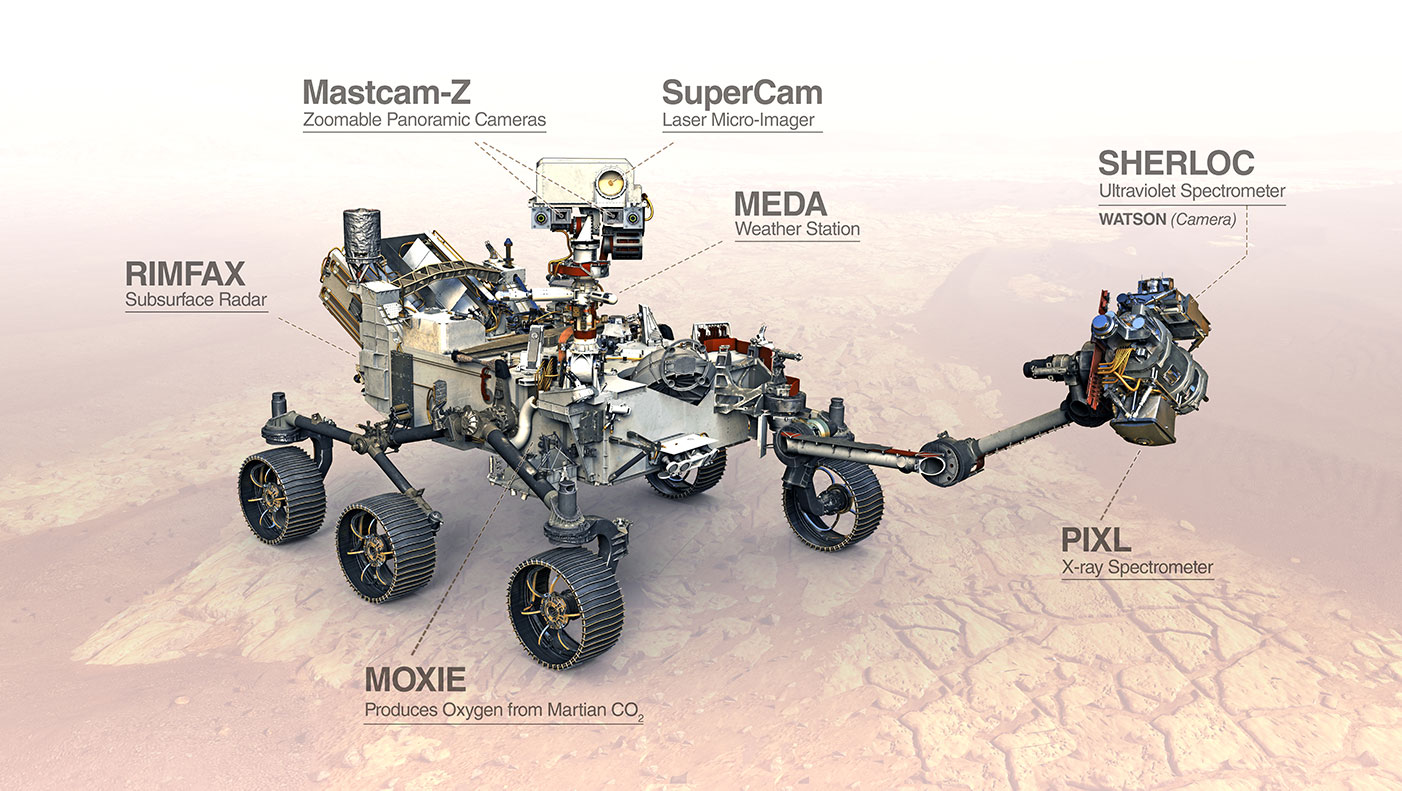
The aim of NASA is to get back the martian samples by the year 2031.
Scientists are hoping to find biosignatures engraved in the samples of ancient sediments that Perseverance is designed to extract from the Martian rock for further analysis back on Earth. It would be the first such specimens ever collected by mankind from some another planet in the solar system.
Perseverance's payload also includes demonstration projects that could help pave the way for future human exploration of Mars, including a device to convert the carbon dioxide in Mars' atmosphere into pure oxygen. Mars' atmosphere predominantly comprises of carbon dioxide.
Perseverance will also conduct an experiment in which it will convert small amounts of carbon dioxide in the atmosphere into oxygen, a process that could be a boon to future astronauts by providing breathable air and also as an ingredient for rocket fuel.
Team Checkbrand welcomes Perseverance to its new home and wishes that it lays down the pillars of scientific explorations and opens dimensions for further exploration in the years to come. To keep yourselves updated with latest scientific trends like these, visit Checkbrand.
CATEGORIES
- Digital Marketing
- Marketing
- Entertainment
- Medical
- Science and Technology
- Politics
- Sports
- Environment
- Campaign
- Interview
- Viral
- What's Trending
- Trending News
- Viral Videos
- Youtube Trends
- Social Media Ranking
- Twitter Trends
- Google Trends
- Top Politicians
- Top Cricketers
- Top Influencers
- Best Campaigns
- Google News
- News
-
 Oct 11, 2020
Oct 11, 2020SEO Content Writing Vs. SEO Copywriting:...
-
 Dec 15, 2020
Dec 15, 2020#Karnatakaiphoneplantagitation: Workers...
-
 Dec 15, 2020
Dec 15, 2020#OLA Invests ₹2400 Crores For Our Futur...
-
 Dec 15, 2020
Dec 15, 2020#Snapchat Launches Astrology Profile
-
 Dec 15, 2020
Dec 15, 2020Know Why #BOYCOTTJIOSIM Is Trending On S...
-
 Aug 01, 2023
Aug 01, 2023India's Chandrayaan-3 On Track For Lunar...
-
 May 17, 2023
May 17, 2023Zara Hatke Zara Bachke Trailer Review(Ra...
-
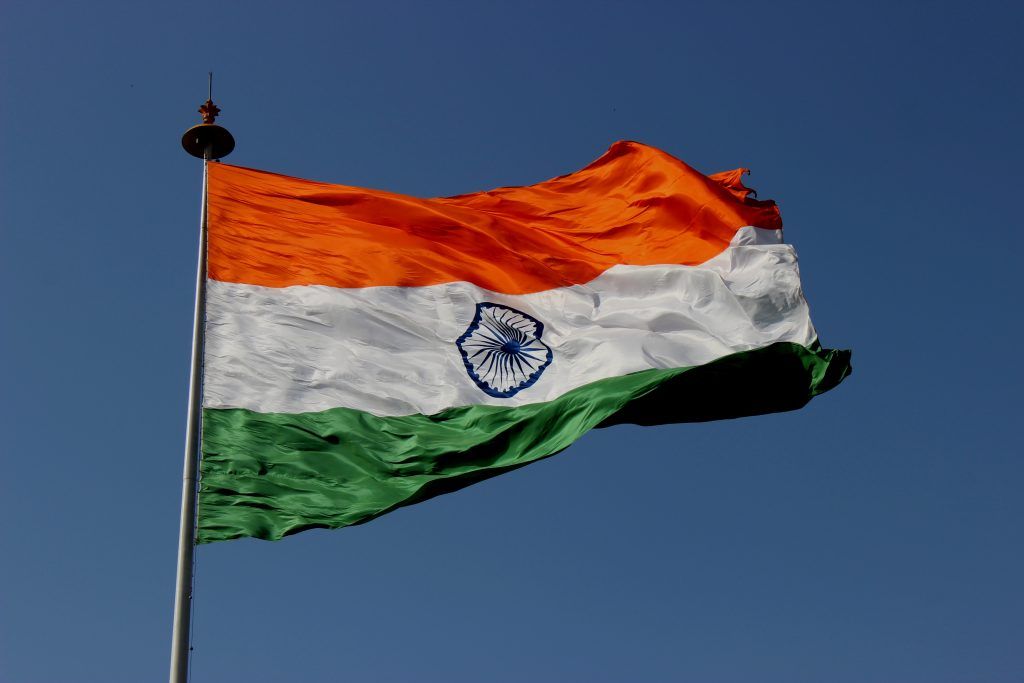 Aug 04, 2022
Aug 04, 2022'Har Ghar Tiranga' Campaign Created Stor...
-
 Dec 16, 2020
Dec 16, 2020#Skillhaitohfuturehai: Mahindra's Flagsh...
-
 Dec 15, 2020
Dec 15, 2020#OLA Invests ₹2400 Crores For Our Futur...
HIGHLIGHTS
- Realme Pad Specifications Teased, Will C...
- MARKETS: Sensex Down 300 Pts, At Days Lo...
- Afghanistan Crisis Live Updates: NIA Chi...
- Women Will Be Admitted To NDA, "Historic...
- Taliban's New Education Minister Says Ph...
- India's T20 World Cup Selection Question...
- New JioFiber Quarterly Broadband Plans I...
- Explained: How Your Cat Got Its Stripes...
- Who Is Aesha Mukherji? All You Need To K...
- Long Live Test Cricket While We've Virat...


